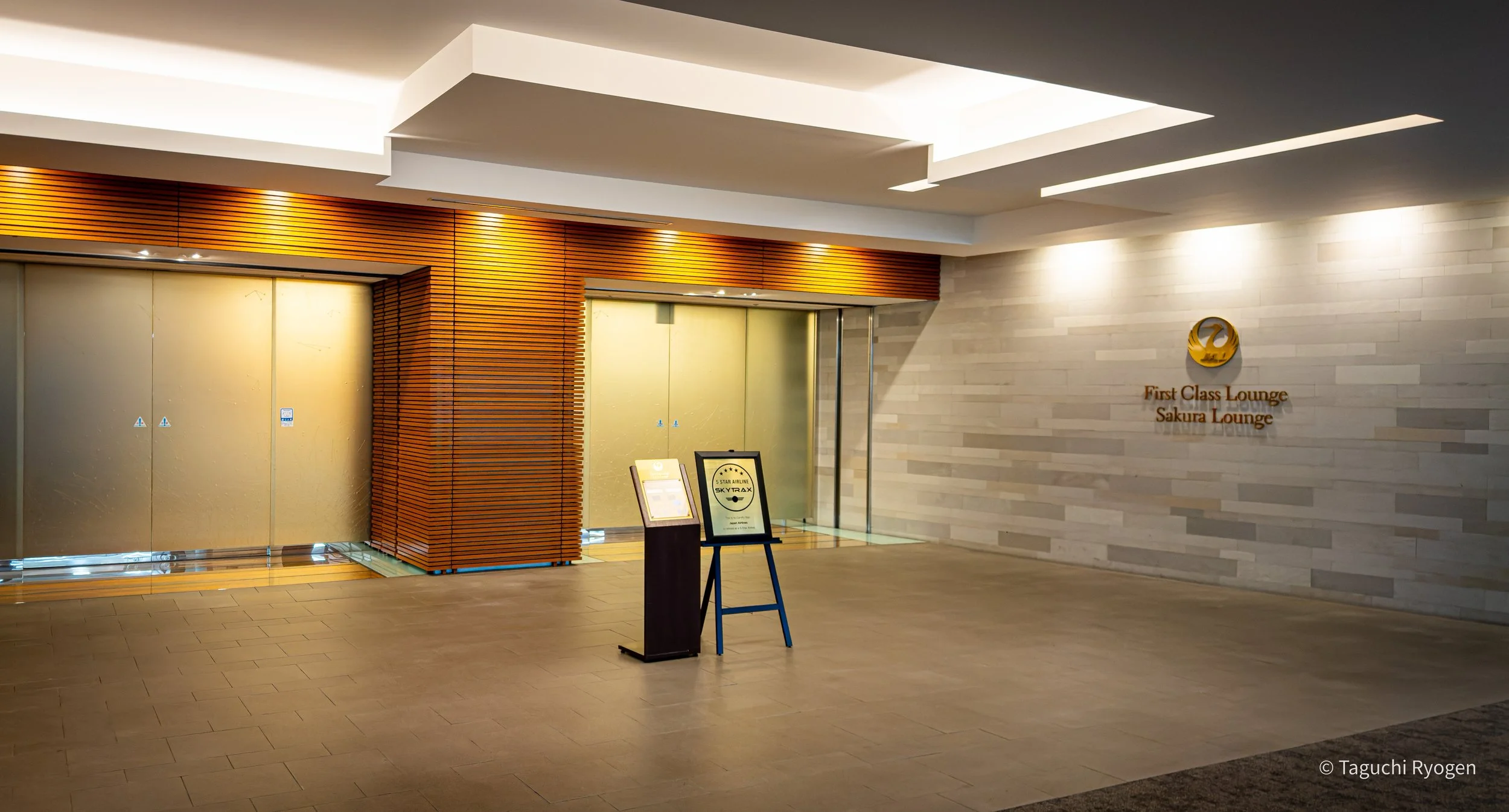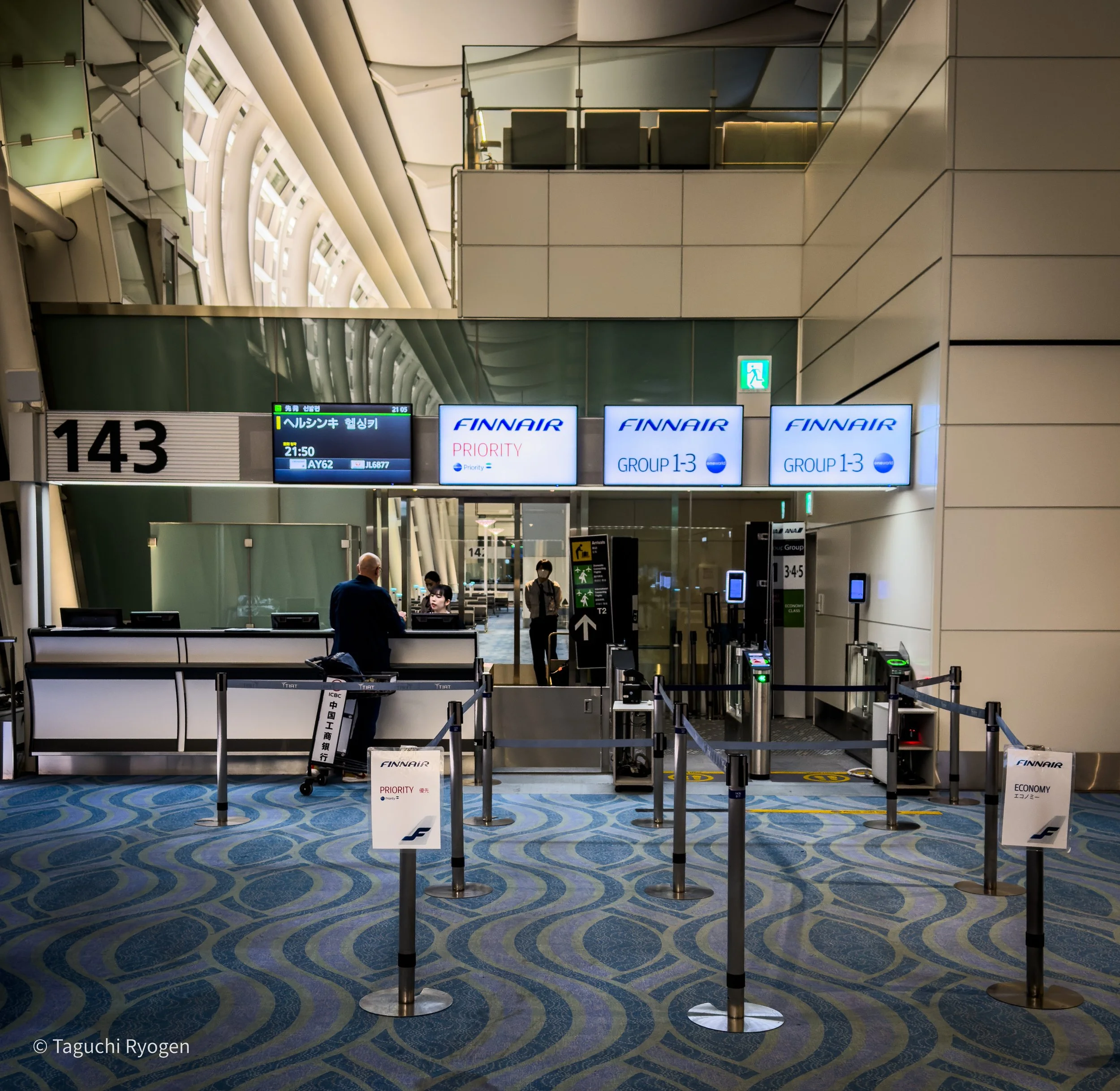What’s the Deal with Airline Status?
Airline status unlocks access to airline lounges like Japan Airline Lounges at Tokyo Narita Airport (NRT)
Loyalty programs are everywhere.
If you love Starbucks, you probably know Starbucks Rewards, where every cup brings you closer to free drinks and food.
From gas stations to fashion brands, bookstores to supermarkets, loyalty programs reward frequent customers with points, discounts, and exclusive perks.
I won’t go into the details of how loyalty programs work (you can Google it or ask AI).
But let’s zoom in on the travel industry, where airlines, hotels, and rental car companies all run their own versions of these loyalty programs.
In the airline world, these are typically called Frequent Flyer Programs (FFP), mileage programs, or simply “miles.”
(Exact naming varies by airline, so I’ll keep things generic here.)
It’s worth noting that there are actually two different types of points in most airline programs.
Miles: earned through flights, hotels, credit cards, and partners. Redeemable for flights, upgrades, or other rewards. Your miles usually carry over, though they may expire depending on the program.
Status Points: earned to reach higher membership tiers. These cannot be redeemed, and usually reset at the beginning of the status qualification period (usually at the start of the year, depending on the program).
When you take a flight, you typically earn both, so what are the differences?
Points as Currency vs. Level
Miles = Currency
Miles are your reward currency.
You earn them every time you fly, spend on a co-branded credit card, hotels, car rentals, shopping, and other everyday activities.
They can be redeemed for flights, upgrades, lounge access, or other rewards.
Think of them as your frequent flyer wallet, something you can spend later.
Status = Level
Status, on the other hand, is about your membership tier within the airline’s loyalty program.
It’s earned by collecting status points, which you earn alongside miles as you fly.
Traditionally, as the name Frequent Flyer suggests, status was all about how often or how far you flew. But increasingly, it’s also about how much you spend.
Status points can’t be redeemed. They simply determine how high you climb in the loyalty ladder.
With higher tiers come better perks: priority check-in, lounge access, bonus miles, and more.
Boarding gate for Finnair flight at Tokyo Haneda Airport (HND)
What do you get with the status?
So, what do you actually get out of airline status?
Beyond the shiny luggage tags and bragging rights, airline status unlocks a range of perks designed to make travel smoother, faster, and more comfortable.
While the details vary by airline and tier, some of the common benefits include:
Priority check-in and boarding
Extra baggage allowance or free checked bags
Priority security lanes at select airports
Airline lounge access
Preferred seating
Upgrades
Bonus miles
And here’s the best part. If your airline belongs to an alliance such as oneworld, Star Alliance, or SkyTeam, your status extends across partner airlines.
That means you’ll enjoy many of the same perks even when flying on a different airline within the same group.
How do you get airline status?
Now that we’ve covered what status is, the next question is: how do you actually get it?
In most programs, airline status is earned in one or a combination of the following ways:
Segments: number of individual flights taken
Qualifying miles: based on distance flown and fare class.
Qualifying spend: total amount spent with the airline
These are tracked within a set period, usually one calendar year.
Your status points reset every year, but the status you earn usually lasts through the following year.
(For example, if you earn Gold status in 2025, it typically remains valid until the end of 2026, or even into 2027.)
Each airline uses different terms, but the idea is the same: the more you fly or spend, the higher you climb.
In recent years, many global programs have shifted from flight-based to spend-based models. In other words, it’s not how often or how far you fly, but how much you pay.
Under these systems, your progress toward status depends on how much you spend with the airline.
The logic is simple: airlines want to reward their most profitable customers, not just their most frequent ones.
Some programs use a hybrid model.
You might earn points based on how far you fly, but still need to meet a minimum spending threshold to qualify.
Others let you earn status faster through co-branded credit cards or special promotions, meaning you can climb the ladder without always being on a plane.
Food offering in Japan Airlines First Class Lounge at Tokyo Narita Airport (NRT)
Is Airline Status Worth It?
The short answer? Absolutely yes
The long answer? It really depends: on each individual, their travel patterns, and personal preferences.
Personally, the biggest privilege for me is the lounge access.
Sure, many credit cards these days offer lounge access, but those are usually for third-party or airport operated lounges, not the airline lounges which are often much nicer.
It’s nice to have a quiet space to relax before your flight, take a shower, with free-flow drinks (including alcohol), and a buffet full of food, all at no extra charge.
I also love the shortcuts that come with status: separate check-in counters, priority security lanes, and having your bags show up first at the destination.
And during irregular operations, think delays, cancellations, missed connections, I’ve noticed that things tend to get resolved faster.
Sometimes it’s because of the separate service lines or dedicated hotlines; other times, it’s simply because elite members get prioritized.
The occasional upgrade when flights are overbooked doesn’t hurt either.
Of course, there’s a flip side.
Once you have status, you often feel obligated to stick with the same airline or alliance, even if a cheaper or more convenient option exists elsewhere.
But then again, that’s the whole point, isn’t it?
For airlines to make you want to keep flying with them.


